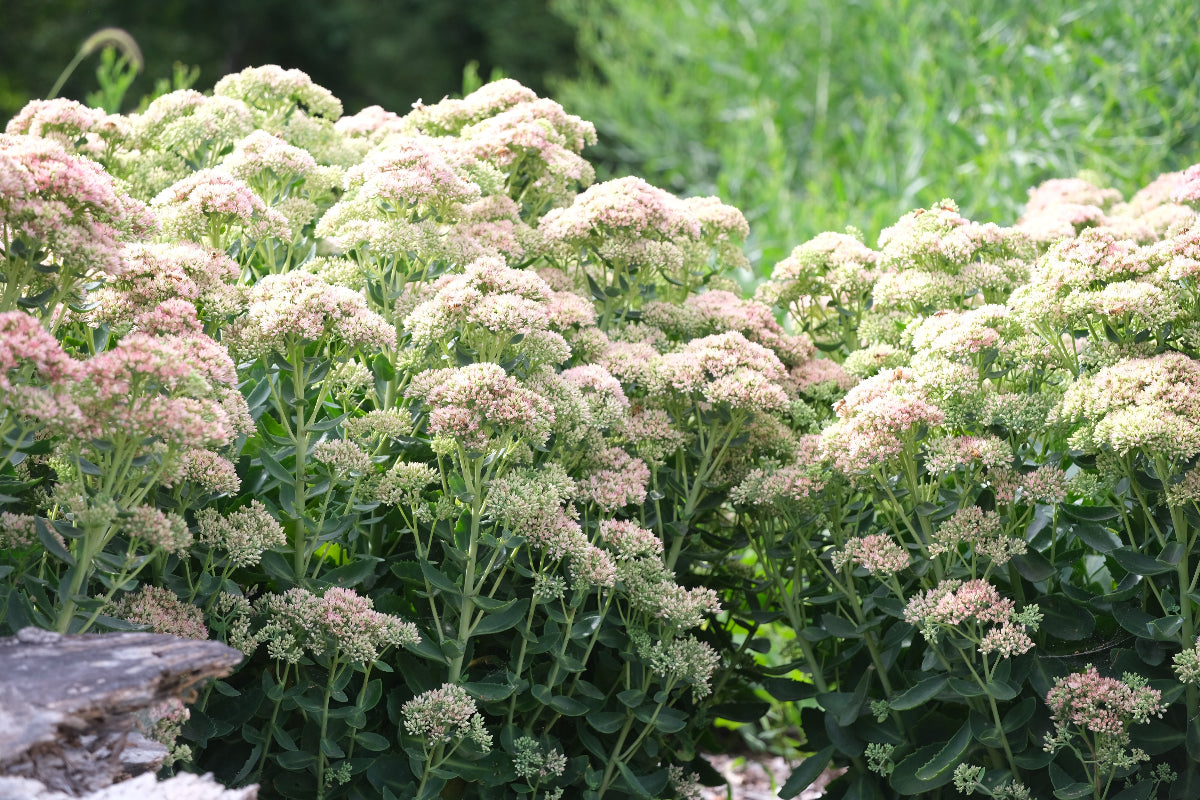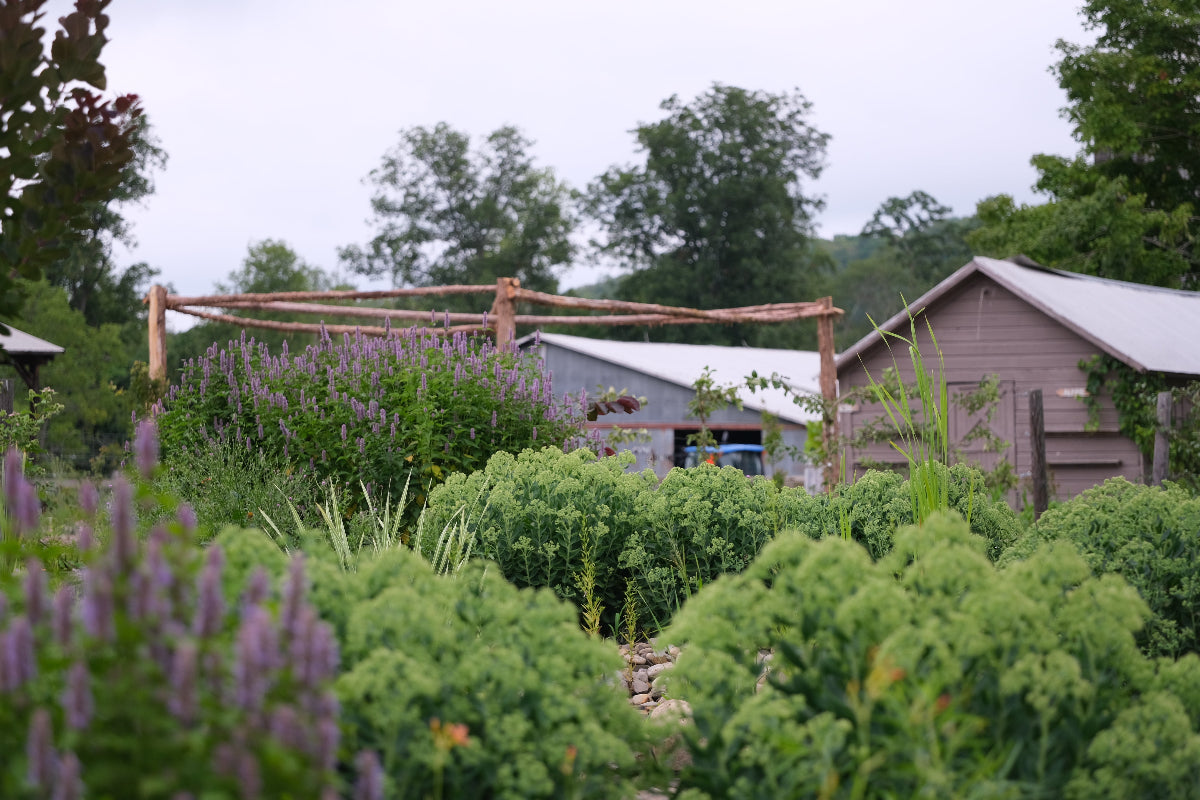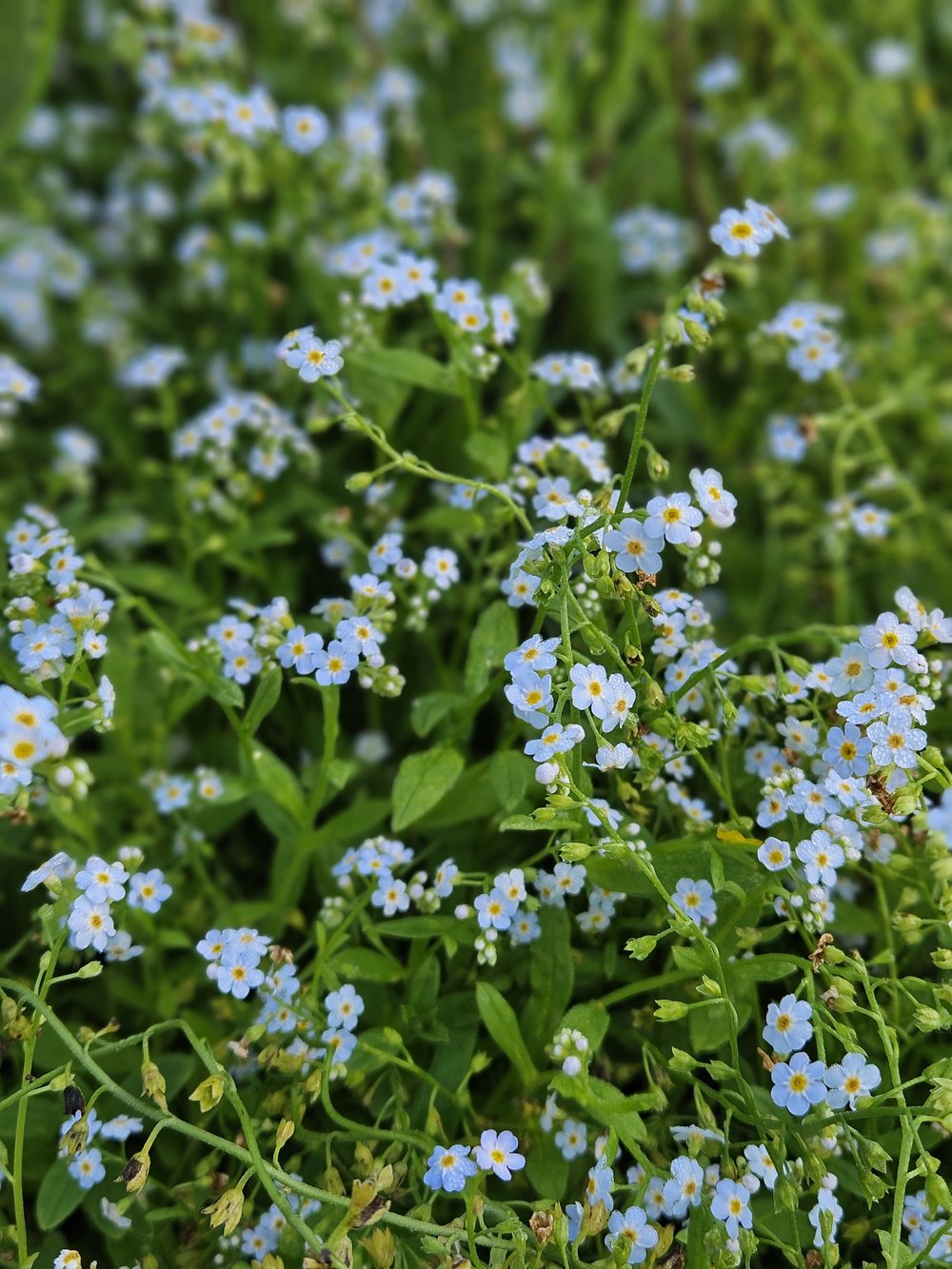It is lovely seeing all the images of re-green-ing and blooming gardens in magazines and on social media, but we are still a long way from those bright and happy days here in the Hudson Valley. Our ground is frozen and our fields are brown. Our task for now is to find wonder in the small things. I wanted to take a moment to share some special moments from our late winter garden.
Additionally, I wanted to finally respond to all the inquiries we have received about our 2025 schedule: we will be open every weekend through the month of May and on the second Saturday and Sunday of each month from June through October. Visitors are also welcome by appointment any time. We are so looking forward to reconnecting with our fellow gardeners! Click here for our complete 2025 open schedule.
Keep scrolling for some timely-garden inspiration.
Willows
Most of our willows were devoured by deer this winter, but my very favorite Pink pussy willow (Salix gracilistyla 'Mount Aso') is planted by the back door, right where our Saint Bernard sleeps. She very kindly deters deer from eating my most loved plant. Thank you Edith!

Pink pussy willow (Salix gracilistyla 'Mount Aso') catkins

Edith looking after Pink pussy willow (Salix gracilistyla 'Mount Aso')

Rabbit’s Foot willow (Salix x leucopithecia 'Rabbit's Foot') has truly enormous catkins. They won’t fully emerge for another one or two weeks, but look how large they already are!

Black willow (Salix gracilistyla 'Melanostachys') does not benefit from Edith’s protection. The deer left only a few stems for us to enjoy this year. Ah well.
Our gardens may be brown, but they are far from barren thanks to the magic of everlasting seedheads.
It is hard to believe that perennials can remain standing through all the ice, wind, and snow that they endure without protection through Northeastern winters, and yet, they do. Our gardens may be brown, but they are far from barren thanks to our garden stalwarts.
In addition to being beautiful, standing perennials provide shelter and fodder to overwintering creatures. Birds feast on seeds, invertebrates nest in stems, and mammals take shelter under branches.
A note on garden cleanup: We will allow the seed heads to stand for another few weeks. Once new shoots begin to emerge in earnest, we will cut the stems back by about two thirds. It it is important to allow some stem to remain to protect invertebrates that have yet to emerge. We make piles of the cut material around the edges of the property where they will not be in the way and can slowly break down over years. These piles provide additional shelter for the creatures with whom we share our gardens.



Image 1 - Giant ironweed (Vernonia gigantea) dried bracts still standing in early March. The seeds have long blown away, but the incredible, nearly 6’ tall skeleton is still standing strong!
Image 2 - Giant ironweed (Vernonia gigantea) seeds at the end of October
Image 3- Giant ironweed (Vernonia gigantea) August flowers



Image 1 - Sedum (Hylotelephium) 'Autumn Joy' seed heads in the March garden
Image 2 - Sedum (Hylotelephium) 'Autumn Joy' deepening blooms in September
Image 3- Sedum (Hylotelephium) 'Autumn Joy' opening blooms in August
Image 4 - Sedum (Hylotelephium) 'Autumn Joy' green buds in June
Image 1 - Berkheya purpurea (South African thistle) March seed heads
Image 2 - Berkheya purpurea (South African thistle) fall blooms. This is an unusual white variety with yellow centers that we lucked into. The species is generally pale lilac. We have a few seed packets left for those interested in growing their own.
Image 1 - Achillea millefolium 'Cerise Queen' (common yarrow) March seed heads
Image 2 - Achillea millefolium 'Cerise Queen' (common yarrow) pink summer blooms
Other long-standing beauties include: Big leaf aster (Aster macrophyllus), Garlic chives (Allium tuberosum), False aster (Boltonia asteroides ‘Nally’s Lime Dot’), Blanketflower (Gaillardia), Black-eyed susan (Rudbeckia ssp.), Coneflower (Echinacea ssp.), Bouncing bet (Saponaria officinalis rosea plena), and most ornamental grasses.
Gardeners often question the rationality behind planting evergreen perennials - March is the answer! Colorful leaves are a joyful revelation when the snow finally recedes.
Many leather-leaved perennials remain evergreen through winter. Unfortunately, here in the Northeast, that means they are often hidden by snow or ice. Finally the snow is receding and we can admire their brilliant color display, even if that means we have to creep along the ground and push aside piles of leaves. Colorful leaves offer an especially nice complement to emerging bulbs.


Pigsqueak (Bergenia) March foliage next to April blooms


Penstemon grandiflorus March foliage next to June blooms


Euphorbia myrsinites March foliage next to May blooms


Tansy (Tanacetum). Unlike the above plants, this beauty has soft, scented, lacy leaves. We adore them! Tansy is at its best in spring as this cold weather lover goes semi-dormant as temperatures rise.
For those truly interested in discovering the small wonders of the garden, keep an eye out for new shoots.
At this point in the Northeast gardening year they are usually covered in leaves and possibly snow or ice, but they are there and they are entirely lovely. Many new shoots emerge in fabulous colors not seen in the mature plant. For example: new Agastache foeniculum shoots are dark, velvety purple; many Euphorbia shoots are brilliant red; and Rhubarb shoots emerge yellow.

Sedum (Hylotelephium) 'Autumn Joy' emerging in March

Lady's Mantle (Alchemilla mollis) emerging in March

Jacob's ladder (Polemonium) new shoots emerging

Oriental henbane (Physochlaina orientalis) emerging shoots
The miracle of (overwintered) honey bees
We celebrated a not-so-small-wonder last week when our honeybees emerged from their hive on a warm, sunny day. We started keeping bees two years ago but this was the first year we were able to overwinter a hive. What joy!






